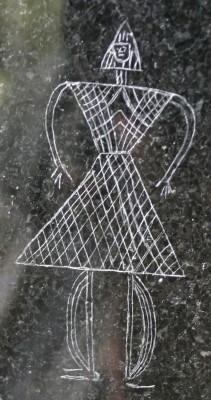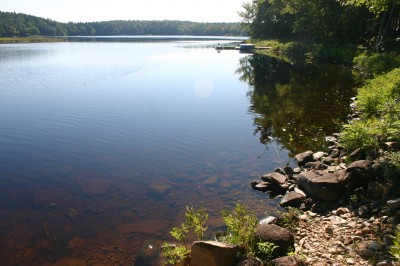Costa Rica is so verdant. Green, lush and exceptionally biologically diverse, it is a delight to explore this country even if you are only mildly interested in life science, biology, ecology and evolution.
Costa Rica is only slightly larger than Denmark (51,000 sq km as opposed to Denmark’s 43,000 sq km) and has a slightly smaller population (about 4.5 million in Costa Rica compared to 5 million Danes). There is, however, a notable difference in land use. While Denmark – indeed large parts of Europe in general – is continually ploughed, cultivated and harvested intensively, leaving only meagre spots of unspoiled nature dispersed here and there, Costa Rica has been wise enough to dedicate more than 25 per cent of its land to protected areas and national parks. For this I salute you and envy you, Costa Rica! If riches were measured by the number of trees growing naturally, then Costa Rica would be fabulously rich while Denmark would be dirt poor.
The first rainforest adventure on this trip begins on the Caribbean coast by the town of Puerto Viejo. The town itself feels like a kickback to hippy days, with the sweet smell of marijuana wafting from cafes, streets and the beach, and with dreadlocked guys and gals listening to reggae music. All in all a very laid back atmosphere.
Here, the rainforest reaches all the way down to the beach, almost dipping it toes in the balmy waters. In the deep of the forest, dark and lofty trees are supported by buttresses, choked by strangler figs and bedecked with epiphytes – plants that hitch a free and harmless ride on other plants or objects. Further out towards the water airy coconut palms sway and rustle in the tropical breeze, their roots firmly planted in the warm beach sand.
A morning walk through the rainforest reveals some of the forest’s secrets to us. We spot a yellow eyelash viper curled up for a snooze on a tree trunk. We see leaf cutter ants scurrying about on their important errands, carrying their precious cargo of carved-out bits of leaf back to their huge, earthy metropolis. Multi-coloured spiders weave their cobwebs across the forest path.
The sun shines through the jungle foliage creating abstract patterns of shadow and light. One of the shadows we see is a row of small bats hanging on to the underside of a leaf. Brilliant blooms light up like neon signs in the midst of all the greenery. Tiny poisonous frogs advertise their danger to potential enemies with bright and cheery colours.















































































